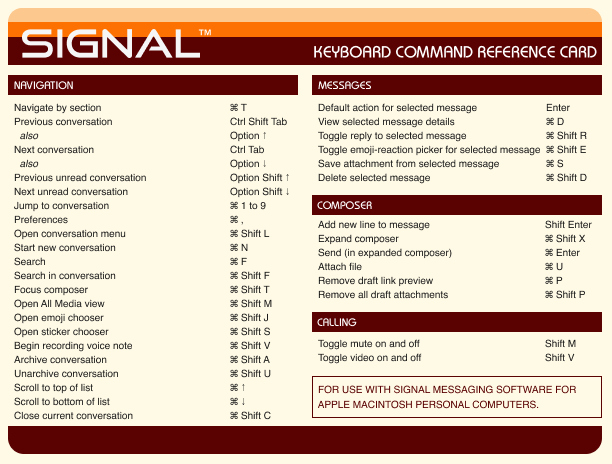
- Keyboard shortcuts mac to other desktops how to#
- Keyboard shortcuts mac to other desktops full#
- Keyboard shortcuts mac to other desktops windows#
(2) In some apps, such as Calendar or Safari, refresh or reload the page.

If any open documents have unsaved changes, you will be asked whether you want to save them.
Keyboard shortcuts mac to other desktops full#
Keyboard shortcuts mac to other desktops how to#
Learn how to change a conflicting keyboard shortcut.) (If you use multiple input sources to type in different languages, these shortcuts change input sources instead of showing Spotlight. To perform a Spotlight search from a Finder window, press Command–Option–Space bar.
Keyboard shortcuts mac to other desktops windows#
To close all windows of the app, press Option-Command-W. Command-O: Open the selected item, or open a dialog to select a file to open.To minimize all windows of the front app, press Option-Command-M. Command-M: Minimize the front window to the Dock.To view the front app but hide all other apps, press Option-Command-H. Command-H: Hide the windows of the front app.To find the previous occurrence, press Shift-Command-G. Command-G: Find Again: Find the next occurrence of the item previously found.Command-F: Find items in a document or open a Find window.In some apps, you can undo and redo multiple commands. You can then press Shift-Command-Z to Redo, reversing the undo command. Command-V: Paste the contents of the Clipboard into the current document or app.Command-C: Copy the selected item to the Clipboard.

Command-X: Cut the selected item and copy it to the Clipboard.Pick your keyboard shortcut for each, I picked Option-arrow.īe mindful that the shortcut you select doesn't interfere with existing shortcuts. You'll need to make two of these, one for left and one for right.įor Application select "All Applications"įor Menu Title, you'll need the exact wording used in the menu. Press the "+" button to create a new shortcut. Open System Preferences > Keyboard > Shortcuts This means we can assign system-wide keyboard shortcuts to these commands.

They're also frequently available under an app's Window menu. Most users will find these features by hovering over the green window widget. Moving is a more traditional window transform. Tiling uses macOS's native full-screen/spaces functionality, which requires you to pick a companion window or app to sit on the opposite side, like an iPad. Since El Capitan, macOS has had the ability to “Tile” or (since Catalina) “Move” windows to the left or right side of the screen.


 0 kommentar(er)
0 kommentar(er)
